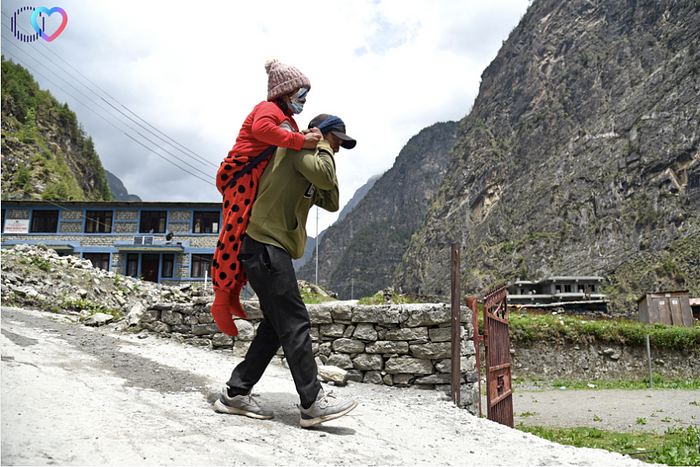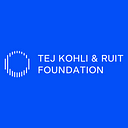Child Blindness In Low And Middle-Income Countries | #WorldSightDay

Tackling blindness is part of the UN initiative that aims to achieve Sustainable Development Goals (SDGs) by 2030. Charitable initiatives, such as the Tej Kohli and Ruit Foundation, that improve eye health amongst children grant greater opportunities for employment and health in adulthood.
According to the National Library of Medicine, there are around 1.5 million blind children around the globe. Studies show that approximately 500,000 children become blind each year, roughly equalling one every minute.
The vast majority of blind children live in low or middle-income countries (LMICs) where accessing healthcare is difficult due to cost, travel or other factors. Tragically around half of the blind children die within two years of becoming blind. Global Childhood Blindness data shows that 75% of blind children live in Asian and African countries.
As with many cases of blindness, if eye health is treated properly a loss of sight is entirely avoidable. Around 40% of cases of childhood blindness and 80% of adult blindness are preventable.
However, a child’s eye is not simply the same as an adult's eye but on a smaller scale and therefore they can’t be treated in the same way.
In 1990, corneal scarring was estimated to be the cause of 50%-70% of child blindness in LMICs. Corneal scarring is caused by abrasions to the eye that either doesn’t heal properly or are recurring due to lifestyle or behaviours. Today, the leading causes of blindness amongst children are: deep scratches, Vitamin A deficiencies, measles, and ophthalmia neonatorum, otherwise known as neonatal conjunctivitis — a bacterial infection within the first 30 days of a child’s life, passed from a sexually transmitted infection the mother has during labour. Retinopathy of Prematurity (ROP) is an eye disorder that affects young children at a similar age and is the leading cause of blindness at birth, particularly in India where 24% of the world’s premature babies are born.
Cataracts are typically an age-related eye disease however it’s estimated that there are around 200,000 children that suffer from it. The vast majority of these cases happen in LMICs where access to education, healthcare and financial support is scarce. As awareness of cataracts tends to be low in these countries, children that are affected often are very late in receiving surgery. A study conducted in South Asia showed that young boys are more likely to receive treatment than girls. Another study showed that post-surgery, children were performing better in school. Both of these studies prove that tackling blindness in children can contribute to the Sustainable Development Goals set out by the UN.
Conducting eye camps in rural areas in LMICs where children can be screened and treated is a successful way of improving the state of children’s eye health, yet child blindness is still a global problem. Primary level care, with surgery and medical treatment, helps but suggestions have been made that involve staff teaching mothers about what to look out for in their children’s eyes. Counselling parents in poorer nations is the beginning of ending needless cataract blindness amongst children.
The Tej Kohli & Ruit Foundation was founded in March 2021 by London philanthropist Tej Kolhi and Kathmandu ‘God of Sight’ Dr Sanduk Ruit. As of November 2022 the NGO had screened 170,022 patients and cured 22,663of blindness at 91 outreach camps in Nepal, Bhutan and Ghana. The Tej Kohli & Ruit Foundation is a restricted fund operating under the auspices of Prism The Gift Fund, registered UK charity number 1099682. The Foundation targets the #1 United Nations Sustainable Development Goal of reducing poverty by making large-scale surgical interventions to cure blindness at the grassroots in the developing world. All treatments are provided completely free, with 100% of the funding coming from Tej Kohli and the Kohli family.
